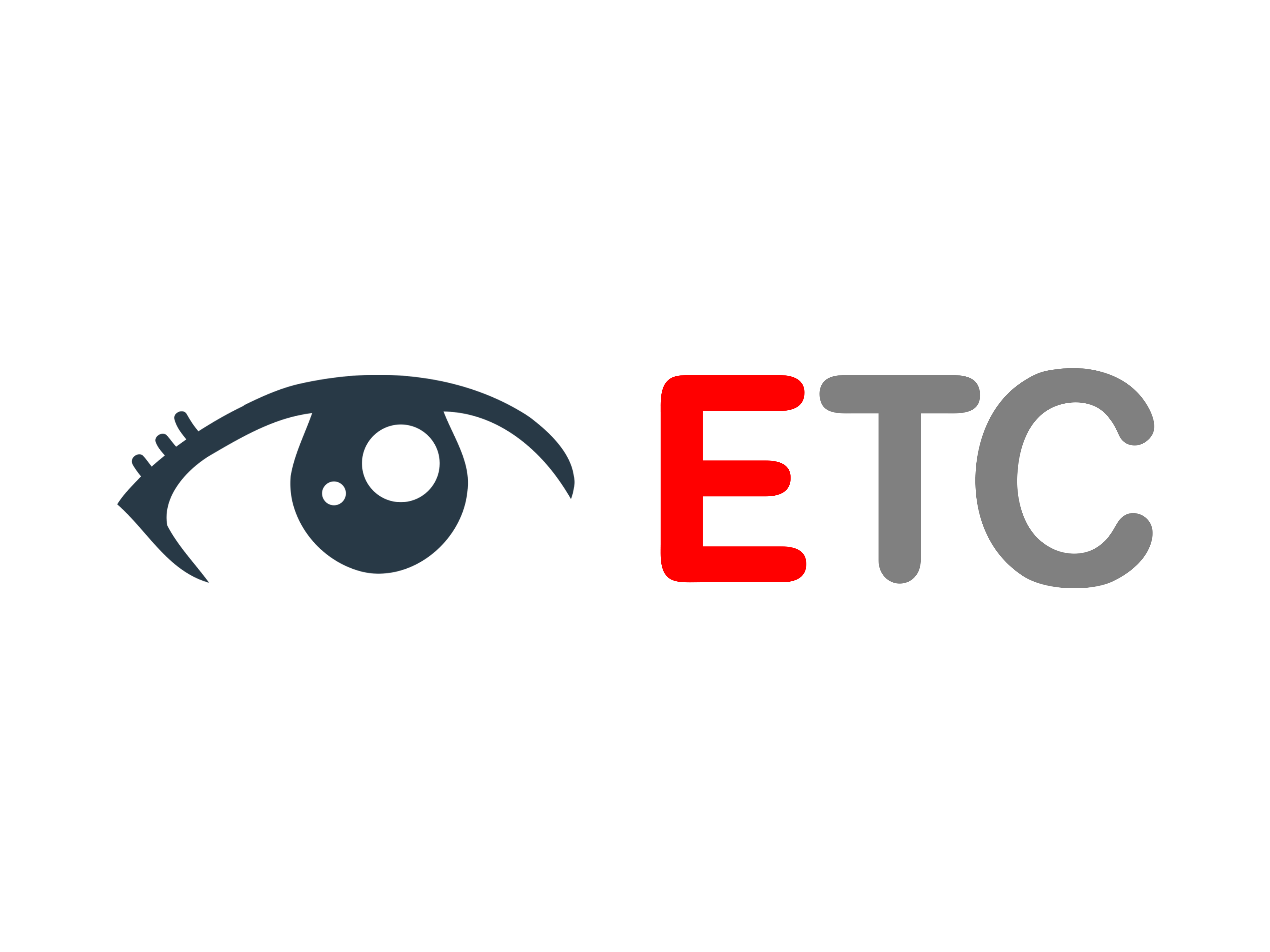The Sales Advantage by Dale Carnegie, offers a practical guide to acquiring customers, closing sales, and increasing profits by following a series of proven techniques from a corporate coaching course about sales procedures.
The Sales Advantage Summary by Maria Deac
https://fourminutebooks.com/the-sales-advantage-summary/#more-7629
Sales & Marketing
ETC AI – Performance Consulting
Scientifically Diagnose Critical Issues
Working in sales can be challenging even for the most well-versed individuals in the industry. Customers often end up signing with the competition, luring you for days or months only to stop answering your phone calls or lose interest for no apparent reason. For this reason, customer retention is one key point in sales.
However, to get there, your potential customers have to like you in the first place. Otherwise, you’re not even near closing a deal. Then, there are other variables to consider. We’ll explore by analyzing The Sales Advantage and the lessons of the famous writer and communication expert Dale Carnegie in the lines below.
Here are my three favorite lessons from the book:
To succeed in the sales industry, you’ll have to devise a pre-approach plan.
Use past reviews to strengthen your pitch and tailor your offering to every prospect.
After you’ve caught your prospect’s attention, closing the deal is all about the speech you’re serving.
Lesson 1: A successful deal starts before you even dial your customer’s number
A good salesman knows that a good pitch starts before one even dials the number, so a pre-approach strategy is crucial. You may want to change your introduction to avoid having your prospect cut you off within the first seconds of your phone call.
Instead of discussing your product features immediately, start by addressing your prospect by their name or preferred alias. Knowing your potential customer well before introducing yourself can help them familiarize themselves with you more easily.
When you’ve established a connection, present your interlocutor with the solution you’re offering. Rather than pitching a product, try to promote a solution to their struggle. Be specific when talking about ways through which they can benefit from your offering.
Next, address the competition, and place yourself above them. What is it that makes you better and should make the person choose your product? The last step is to determine if the prospect is the decision-maker in the company or if they can redirect you towards that person.
Lesson 2: Know your target customer well enough to personalize their offering and relate your pitch to other satisfied users.
You’ll want to know your prospect well before establishing a connection with them to strengthen your pitch. As part of the pre-approach strategy, learning their name and some basic characteristics, such as their occupation, is essential. Then, you’ll want to focus on empowering your offering.
You can do so by referring to other satisfied customers that have previously purchased from you. Adding statistics and linking your offering to the initial part of your pitch, the solution you’re offering is a great idea.
For example, you could start by addressing their name, then say that you’ve previously offered your product to a company like theirs. Continue with saying that they benefited from it by, let’s say, increasing their sales by 30%. Add a number to your pitch to make it more valuable, and always have a happy customer to link to.
Commit to following up with your prospect by arranging a future date and a location or by scheduling another phone call. End on a friendly note, making it clear that you’re ready to address all their needs in the following session. Always remember their name, and if you want to compliment them or make a joke, make sure not to be generic and use your pre-approach information about them.
Lesson 3: Once you’ve set up a meeting with your prospect, address their pain points and ask the right questions.
So, let’s say you‘ve reached the point where your prospects took up your offer and agreed to meet with you. Now what? Essentially, showing up to the meeting just a bit early is the right thing to do. Then, it’s essential to set the tone right by addressing the pain points of your prospect straight away.
Ask questions so that you can develop a detailed context. The more you know, the easier it’ll be to develop a solution based on their needs. Find out more about their Dominant Buying Motive or their practical reason for buying something, then turn that into your selling premise.
For example, if someone wants to learn more about your private investment placements, you should try to understand their underlying motive. Maybe they’re trying to retire early or secure financial freedom for their family. You should focus on the reason when pitching your product further.


